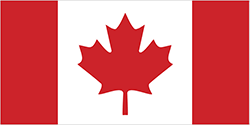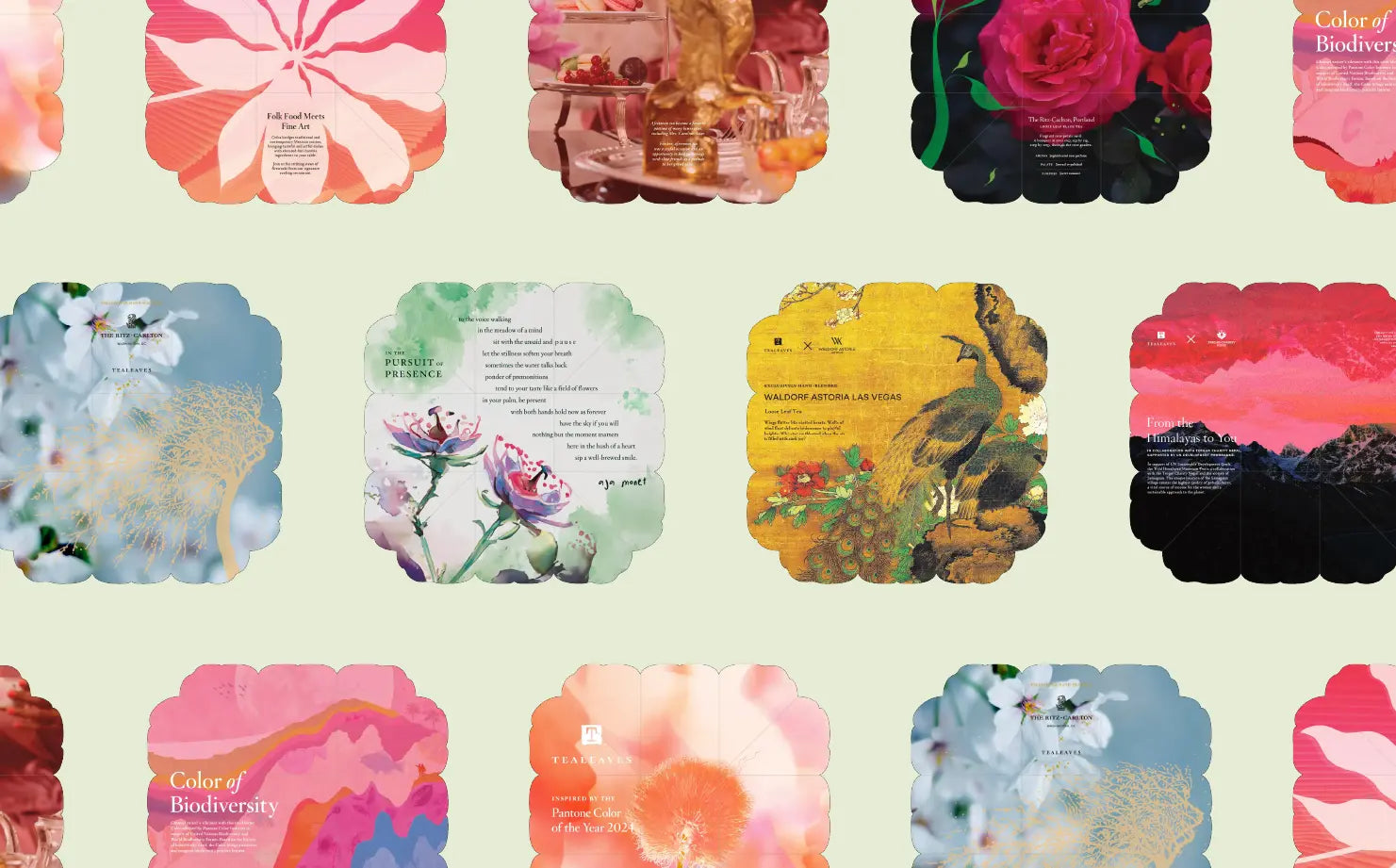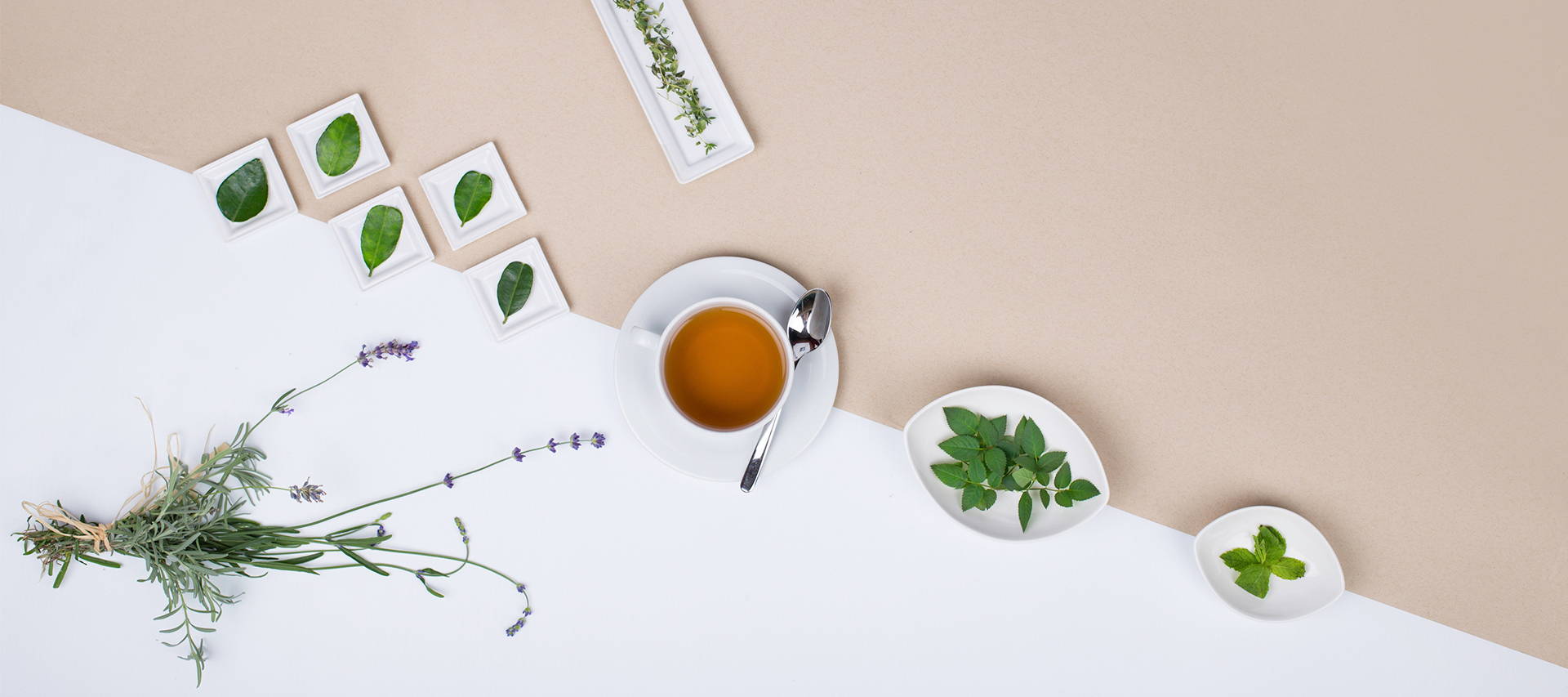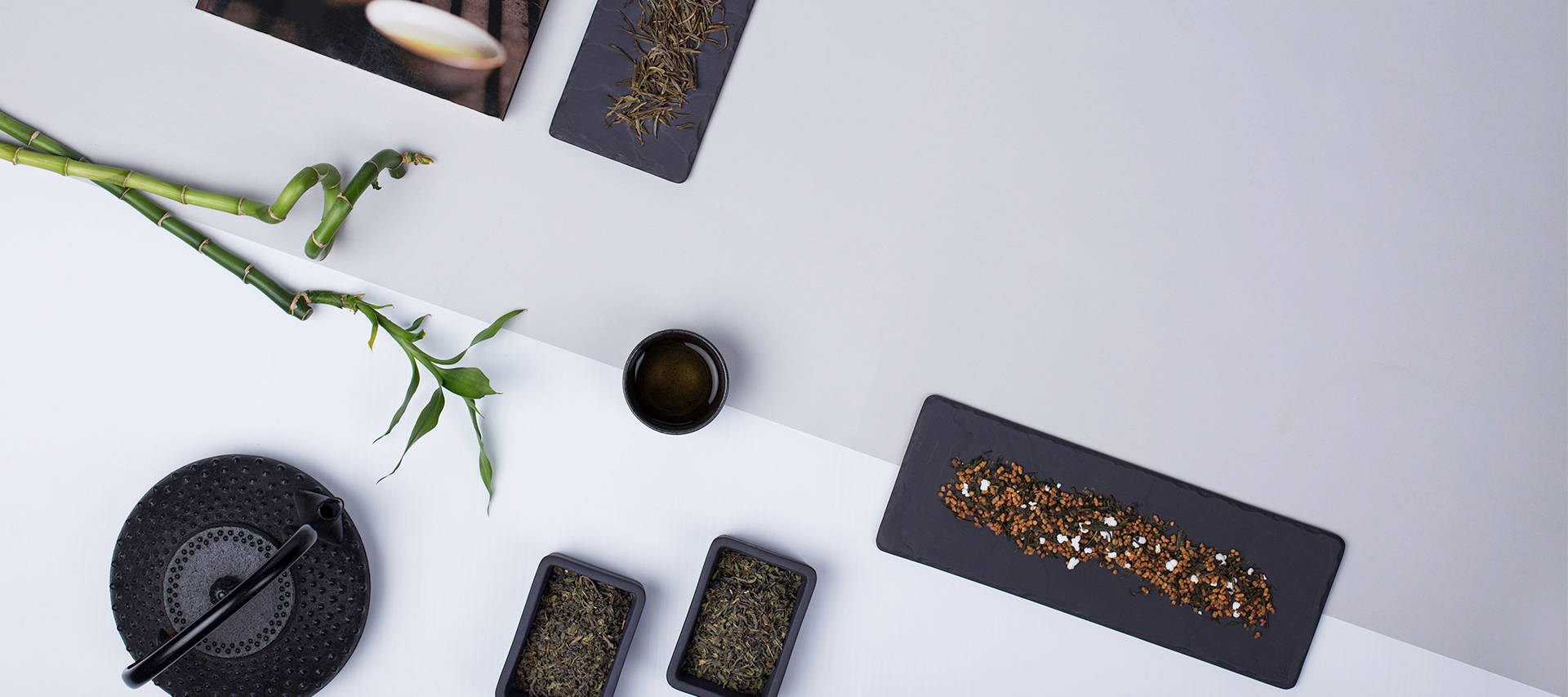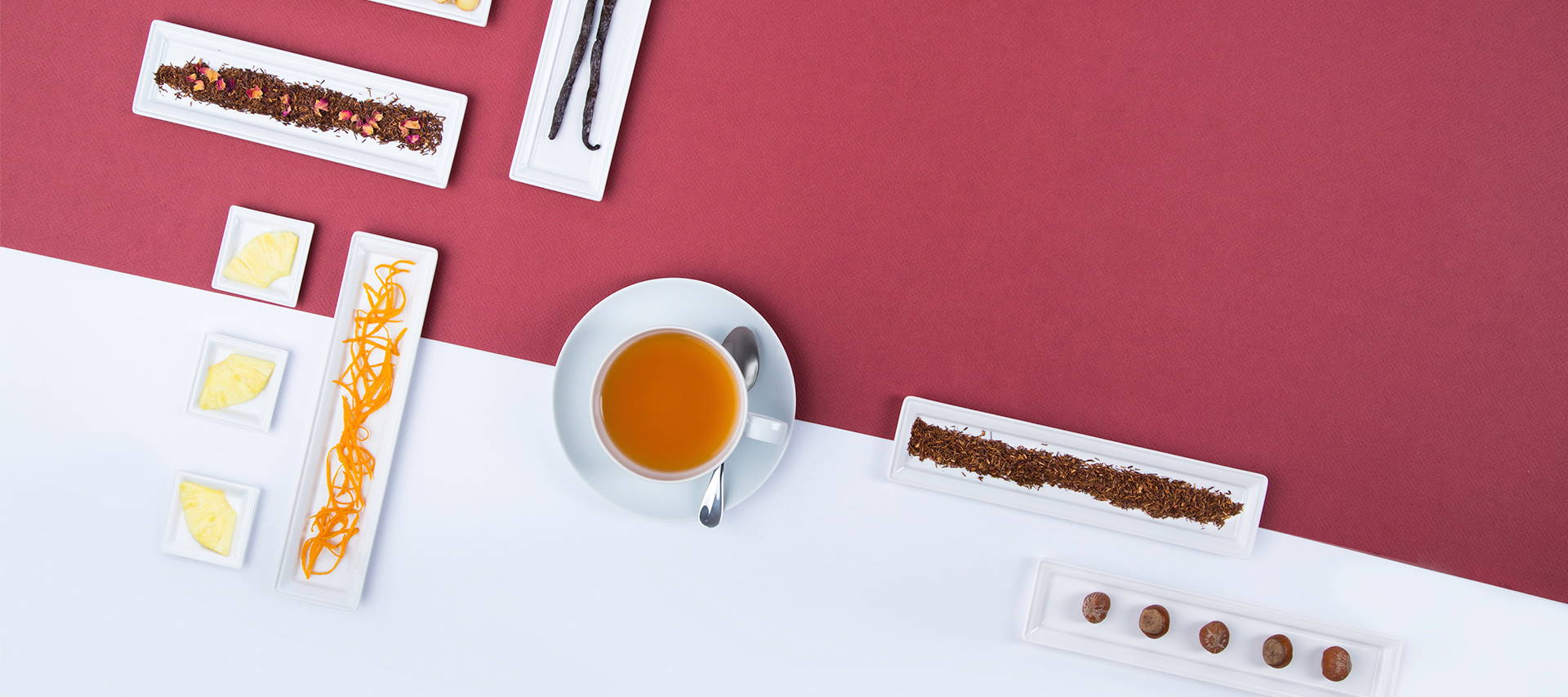
Learn Why Rooibos is an Elixir for Health & Wellness
One of the world's healthiest herbals.
“Our local guide led us through the rocky paths returning to his village. We were dehydrated with blistered feet, and we gladly accepted cups of reddish-brown liquid that he offered us. As we enjoyed the sunset, we reminisced over the rock paintings, the stunning wilderness, and rock formations we saw on our journey today."

From Where?
South Africa
Rooibos comes from the rugged slopes of the Western Cape Mountains in South Africa. In 1772, botanist Carl Humberg discovered that the locals of the Cape's Cedarberg region made a sweet tasting "tea" of the indigenous "red bush" plant. They picked the stems and leaves, bruised them with hammers, left them in piles to ferment, and then dried them in the sun.
Rooibos is actually a legume: a bean plant called Aspalathus linearis. The leaves and stems are harvested during the summer and then left to ferment (technically oxidize), a process in which, among other things, the leaves shift from a yellow appearance to the characteristic red color then dried.
COLOR: Bright coppery red
AROMA: Tangy and sweet
TASTE: Rich and full-bodied
The Origins of Rooibos
Drinking Rooibos began with the Dutch. Black tea was popular in the eighteenth century South Africa, but the Dutch has limited access, leading them to come up with an alternative: rooibos. This tea-alternative remained popular in South Africa for a couple hundred years, but did not become a commercial crop until 20th century.
Rooibos was first commercially harvested and sold in 1904 by Benjamin Ginsberg who marketed it as "Mountain Tea." Being the scion of a prominent family in the European tea trade, he was immediately interested in rooibos. He borrowed traditional Chinese methods for curing tea, and perfected the art of curing rooibos.
Rooibos production rose during WWII when demand increased due to the scarcity of Ceylon tea. Today, rooibos is a strong, agricultural industry in South Africa.
Make The Perfect Cup of Rooibos
| HOT |
1 TSP per Teacup (8oz) |
212°F 100°C |
5 min | Drink Plain |
|---|---|---|---|---|
| ICED |
2 TSP per Teacup (8oz), pour over ice |


